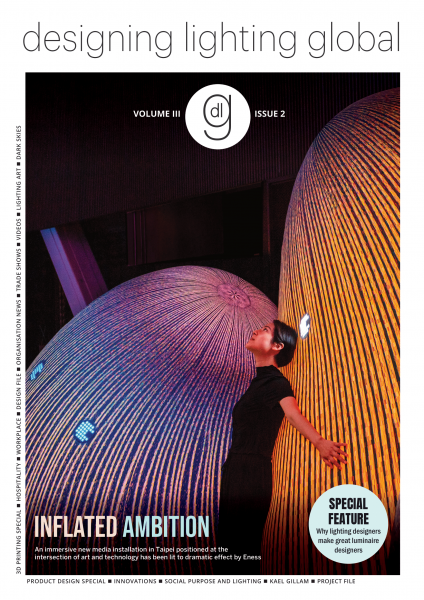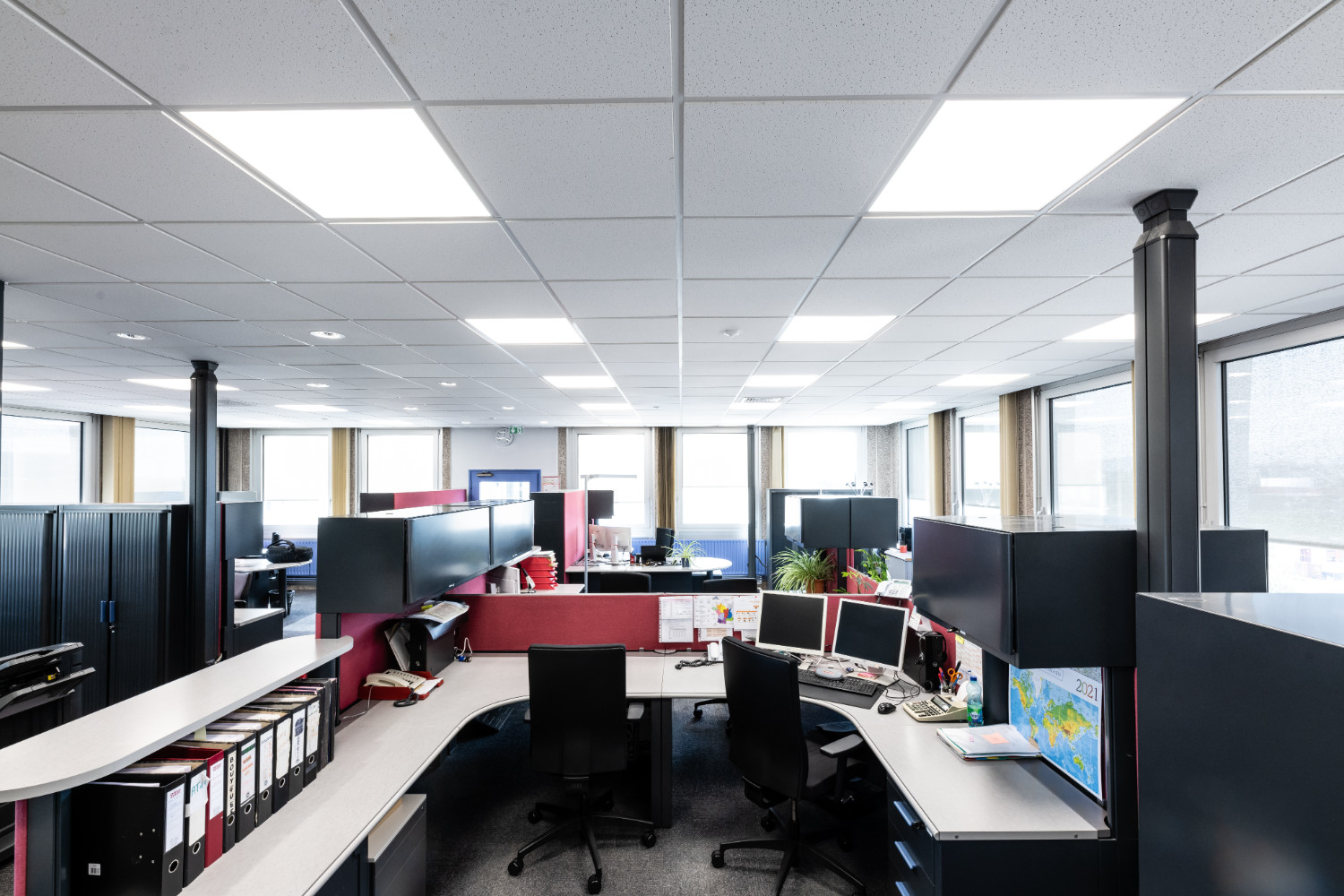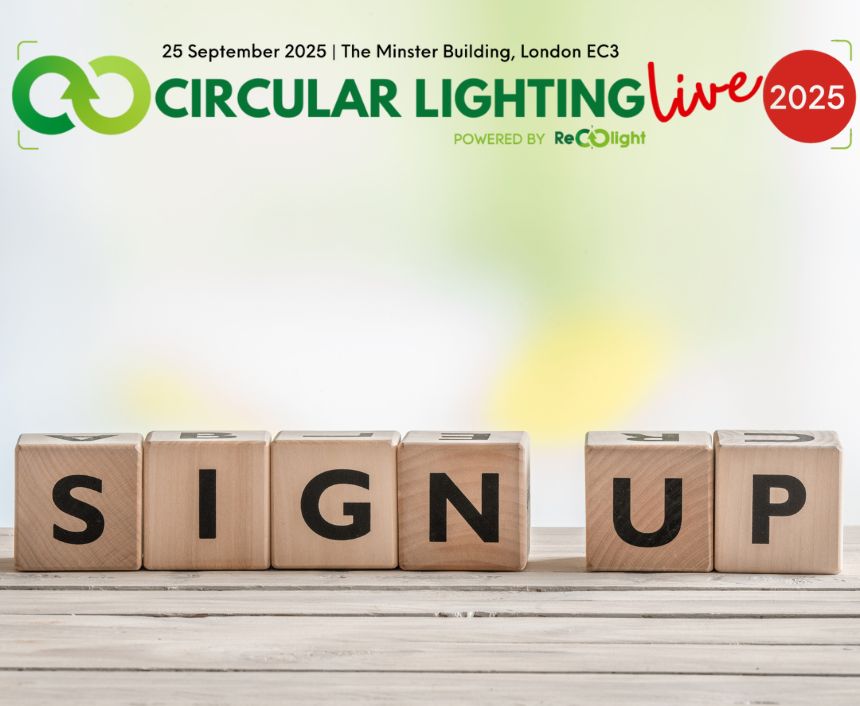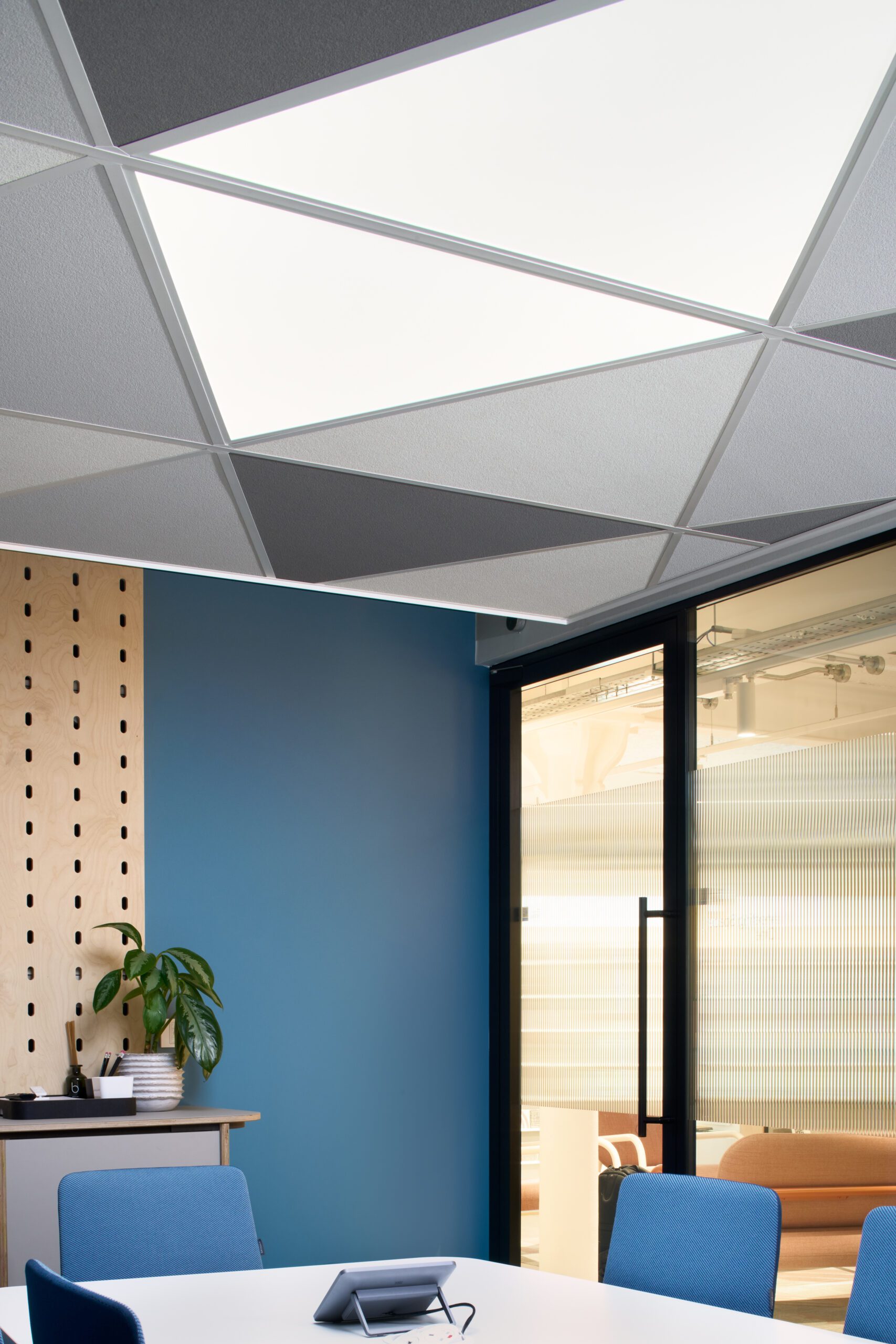Understanding human emotions and how they drive our decision-making is key to creating a successful hospitality brand, explains Sanjit Bahra from independent lighting design consultancy DesignPlusLight (DPL).
When we walk into a space, all of our senses are activated, and we make judgements using our senses. With human beings, 60% of the neocortex (perception part of the brain) is used for processing visual stimuli (sight), the next dominant sense is hearing, which accounts for around 13%. This is how heavily we are weighted by what we see and that is influenced on how light falls on a space and the quality of the light.
Therefore, if a hospitality space is not well-lit, and a client is disappointed when entering that space, you’ve instantly lost connection and traction with the brand. And that can equate to money – how successful the space operates.
Fabrics and finishes can be changed or modified fairly easily but changing the lighting (once a project is completed) can involve a considerable financial investment to improve or upgrade. That’s why it’s better, and cheaper, to get it right the first time.
The hospitality customer base can be fickle, and competition is tough – so, underwhelmed clients will simply move on. If it doesn’t feel memorable or photograph well, people will seek out another well-lit place that they feel more comfortable in.
Humans are emotional creatures. We feel first & think second. When we enter a space our senses (sight, sound, smell, temperature etc) produce an emotional response and then our brains process these into thoughts and judgements (good, bad, exciting, cool etc…). As we are such visual creatures, lighting design has the power to influence how we perceive and connect with a space. One moment it can make us feel energised and activated. At the touch of a button the same space can be presented in a completely different way – making us feel more relaxed and at ease.
I believe great lighting design, for the interior environment, should be a ‘tertiary experience’. When we walk into a well-lit and well-designed environment, we normally feel positive and engaged with that space. Our brains then kick in to determine why we feel this way and so the eye goes to the beautiful finishes, furniture or architecture. It’s only after a while the customer realises that there is something quite wonderful about the “ambience” or the “mood” – that’s great lighting design; a subtle journey of emotion.
There are only two times when lighting is a “primary experience”. The first is when there is a fabulous feature, fitting, and installation. Something fantastic to catch your eye. And the second is when it is a mistake. Poor lighting design will always detract from beautiful architecture and interior design. It’s such a shame when a fabulous interior, architectural façade or garden is ruined by bad lighting at night. Poorly thought-out or installed lighting will cost you.

We are also entering a time where, I believe, there needs to be less visual clutter in a space. We are so overly stimulated on a far too frequent basis. There is more lighting and visual stimulus in our lives than ever before; from screens to displays and the plethora of lighting effects one can create. When it comes to the business of lighting design, less is more – we do not need as much light as tradition has held onto. All lighting needs to be carefully considered to create the desired effect, but without overwhelming people. Shadow is often a forgotten (and necessary) tool in creating form, space and respite.
As humans, we are also drawn to stories. All the successful brands sell more than just their product. They sell a story or idea – which translates to a feeling. That’s where lighting design also comes in. The first thing we ask is, “what is the narrative that needs to be told in each case?” And then we ask ourselves “How do we achieve this through lighting”. The answers that come out of the iterative process of asking these questions at the very beginning of a project, informs and guides us on the foundations of each design we do for our clients.
The added pressure to designing for hospitality is having to ensure a space is ‘social media’ friendly. Gone are the days when a professional photographer would take a few carefully curated photos that would control how a space is viewed by the world in a few aspirational magazines. Now every public space is ‘papped on a phone’ – exposing everything for all and sundry to see practically from day one.
Lighting is the perfect tool to create vignettes that are shareable and content-worthy. Instagram is a great platform for showcasing the role that lighting plays. It immediately shows how different spaces can look throughout the day and night. Instagram is also an important marketing tool in that respect.
For example, at the Mondrian Shoreditch hotel in London, where DesignPlusLight designed the lighting, the luggage room was converted into a mirror clad feature with colour changing glass balls. The colour change effects, and the reflections make for an amazing photo, which people love to snap and share with their friends or on social media. But every time you go it’s a different scene and lighting experience, creating that pull to go back time and time again, or for others to go and see it for themselves. It was also cleverly contained within a small space – making it feel like an installation and the lighting effects did not spill over into the rest of the hotel. 4 Years on and it is still creating a buzz and makes people feel engaged and excited with the brand.
Equally this ‘for the moment’ approach to lighting also needs to be balanced with the need to create timeless designs that don’t instantly age or quickly become out of vogue. A key area for this is sustainability, and it is important that this is built into a scheme for the right reasons, not just to greenwash a space or a project. Compounding this, younger generations are understandably concerned about the environment, and will always favour those companies and brands that truly care about sustainability.
Brand loyalty is hard to gain, and even harder to keep if you’re not creating the right environment. Hospitality venues have to activate people’s senses more than ever before, and lighting is one of the main priorities to get right in order to be successful.






